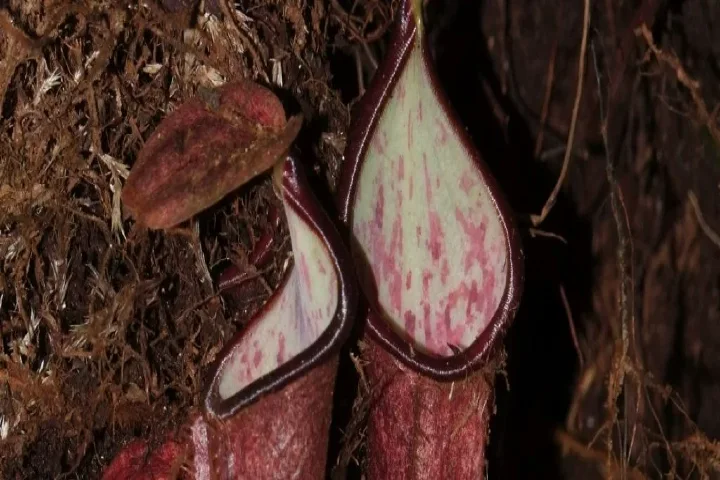Plants are generally thought to be benign, providing food and shade for other beings but there is another side of theirs – the carnivorous species. These, as the name suggests hunt for foods which comprises bugs, small animals and other nutrient-rich matter.
Just like their harmless cousins, these carnivorous plants too need human protection as they too play a vital role in the ecology. In fact, we are still in the process of discovering such new species and the latest one according to a sciencealert.com report has been found in Borneo Island in the province of North Kalimantan, Indonesia.
Video:
The newly found species has been christened as Nepenthes pudica. Although it is a type of pitcher plant, what makes it different is the way it traps its prey, something which botanists have not seen before.
Commenting on it, Martin Dančák said: "We found a pitcher plant which differs markedly from all the other known species.”
Dančák is a botanist from Czech Republic’s Palacký University Olomouc.
The reason N. pudica has been identified as unlike its other carnivorous counterparts is because of how and where it lays its trap – pitcher-shaped – to snare its victims.
Other pitcher plants generally have these cupped and hollow tubes that are placed above the ground – at the surface of the soil or on the trees. The inner surface of its receptacle is slippery making it very tough for those insects or beings trapped inside to climb out again.
When the prey is stuck there and reaches the bottom of the cavity, it simply goes under the digestive juices and disintegrates.
While the modus operandi remains the same, what N. pudica has done is changed the scenery.
It was during a field expedition in 2012 in North Kalimantan the scientists happened to see N. pudica and it caught their eye because it did not look like other pitchers. They observed a "deformed pitcher protruding from the soil".
Wanting to know more, they examined the plant and removed the layers of moss that covered the ground. This action unveiled many pitchers which were concealed in the underground soil with shoots going into the ground and it looked as if they were looking for bugs that lived in dirt and not the ones which resided on top of it.
Sharing description of these plants, Dancak said: "This species places its up-to–11-cm-long [4.3-inch] pitchers underground, where they are formed in cavities or directly in the soil and trap animals living underground, usually ants, mites, and beetles.”
Also read: Rare carnivorous plant that eats tadpoles found for the first time in Uttarakhand!
There are other carnivorous plants belonging to different genera that lay traps underground but this was the first time researchers came to know about traps that are pitfall-like. The team in total discovered and studied 17 such N. pudica. In many they found traces of prey that had been digested.
Ironically, the N. pudica which hunts for food underground has been found in a mountainous ridge-top region which is nearly 1,100–1,300 meters above sea level.
Living at this height and altitude has made these plants the way they are, feel the scientists.
The study’s co-author Michal Golos observed: "We hypothesize that underground cavities have more stable environmental conditions, including humidity, and there is presumably also more potential prey during dry periods.”
Golos is a plant biomechanics researcher at the United Kingdom’s University of Bristol. A pitcher plant buff, he has since his childhood collected and studied oddities.




















